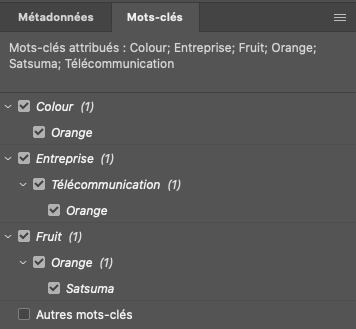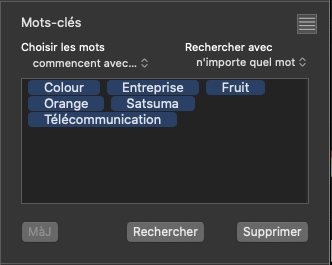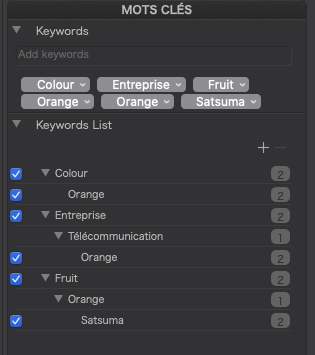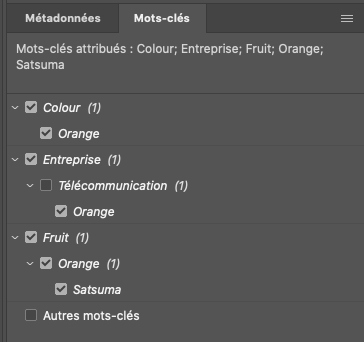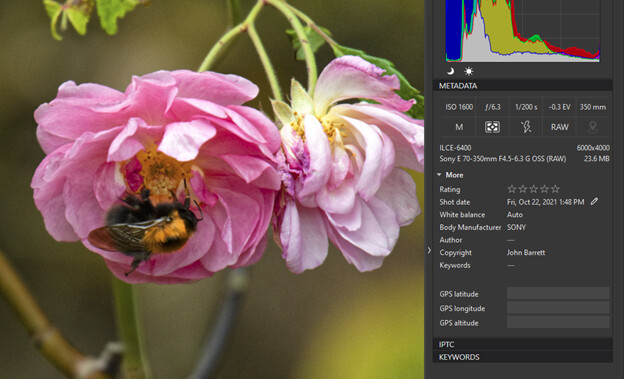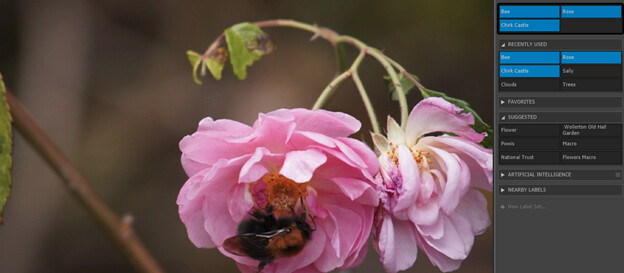I tried adding hierarchical keywords to an image I had already keyworded with LrC.
The original had something along these lines (totally invented for this example).
Subject: animal, mammal, cat, lion, Africa, Kenya, Nairobi
Hierarchical subject: animal|mammal|cat|lion, Africa|Kenya|Nairobi
I then added something like animal > mammal > ungulate > giraffe.
The result was the following additional keywords in the file (the existing ones were untouched).
Subject: ungulate, giraffe
Hierarchical subject: animal|mammal|ungulate, animal|mammal|ungulate|giraffe
So those in the (non-hierarchical) Subject field behaved as I would expect with the additional keywords added and deduplicated. But the Hierarchical subject got an extra animal|mammal|ungulate that was superfluous as it is inherent in the longer chain of animal|mammal|ungulate|giraffe.
My actual example was much worse than that because I added what was effectively A > B > C > D > E and that yielded all of:
A|B
A|B|C
A|B|C|D
A|B|C|D|E
In addition to these problems, because the keyword list is built by reading files, any files ever seen without the proper structure of keywords in them will pollute the keyword list.
Also, the keyword list allows me to untick C leaving D and E which is non-obvious on how it should behave, and in fact despite C remaining unticked, it still appears in the file after the metadata is written again.
I hate to refer back to LrC again, but it is the gold standard for keywords. It clearly shows in the keyword list which keywords are inherited and which are explicitly chosen.
In short, there are still too many rough edges to make PL keywords any more than a basic function. LrC lives on.

